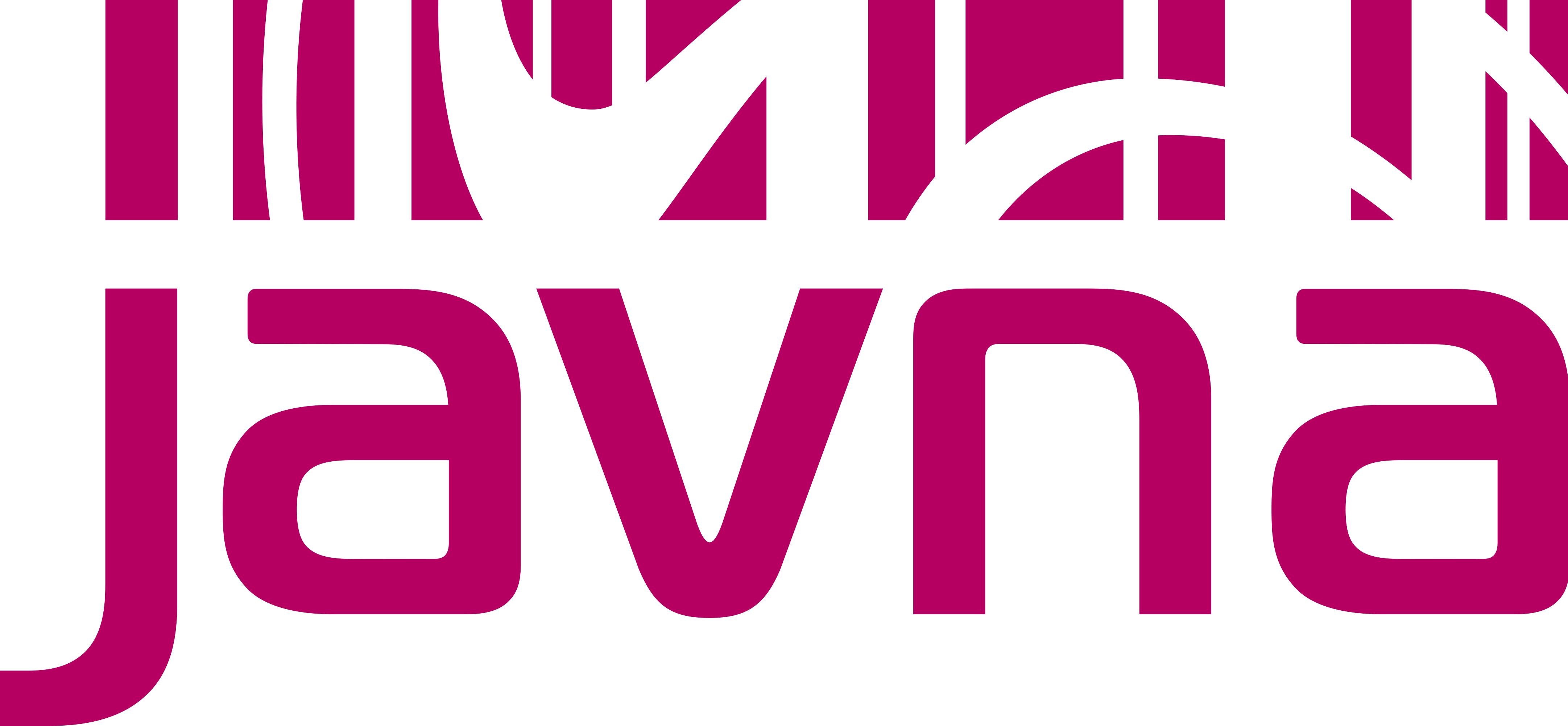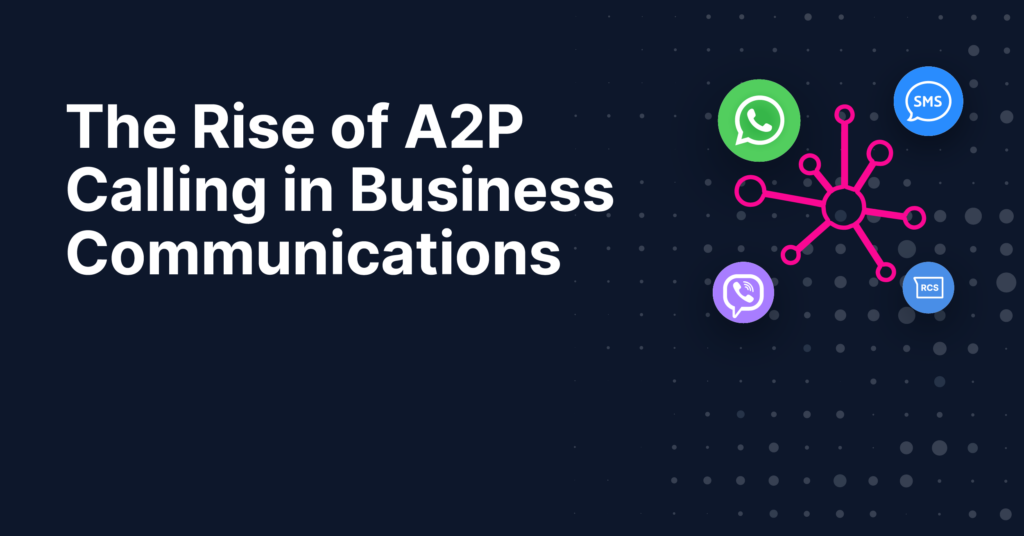A2P calling, or Application-to-Person calling, marks a transformative shift in business communications, enabling companies to reach out to customers in a more direct and personal way than ever before.
This article delves into the emergence of A2P calling as a pivotal tool within Communication Platform as a Service (CPaaS) solutions, highlighting its advantages for businesses across various industries.
You will gain insight into how A2P calling facilitates seamless interactions, enhances customer engagement, and supports the delivery of timely and relevant information. Our article aims to provide a comprehensive understanding of A2P calling’s impact on business communication strategies and its growing importance in today’s digital landscape.
1. What is A2P Calling?
A2P calling, or Application-to-Person calling, is a service that allows businesses to send automated voice calls to individuals. This technology is used for a variety of purposes, such as alerts, reminders, and verification codes, without manual intervention.
It’s a key tool for efficient, direct communication in modern business strategies, enhanced by CPaaS solutions for comprehensive communication management.
This technology enables businesses to reach out to their customers directly, offering a personalized touch to automated communication.
Unlike traditional calls, which require a person to dial and communicate the message, A2P calling uses pre-recorded messages or dynamically generated speech to convey information efficiently.
It’s a key component of modern business communication strategies, allowing for high-volume, targeted outreach with minimal effort.
2. A2P Calling Technology and CPaaS Integration
A2P calling operates on sophisticated technology that automates voice communications from applications to individuals. At its core, it involves the conversion of text messages into voice calls through advanced text-to-speech (TTS) engines.
These calls are then routed to recipients’ phone numbers over telecommunications networks. This process is supported by robust backend systems that manage call delivery, ensuring high reliability and quality of service.
Integration with CPaaS (Communication Platform as a Service) solutions elevates A2P calling by providing a seamless framework for deploying these calls within broader communication strategies.CPaaS platforms offer APIs and SDKs that allow businesses to easily incorporate A2P calling features into their existing applications and systems. This integration enables the orchestration of multi-channel communication efforts, including SMS, MMS, email, and voice, from a single platform.
3. The Growth of A2P Calling in Business Communications
-
-
Statistics and Trends Demonstrating
-
In today’s communication landscape, the voice channel continues to hold its own, particularly when it comes to businesses reaching out to their customers. A2P (Application-to-Person) calling, where automated systems deliver pre-recorded or dynamic voice messages, is experiencing a significant rise, driven by several factors. Let’s delve into the data and trends showcasing this upward trajectory:
-
-
Market Growth:
-
Market size: According to PrecisionReports, the global A2P calling market is projected to reach a staggering $72.2 billion by 2027, growing at a CAGR of 18.8% from 2022.
Regional growth: According to the same source above, emerging markets are leading the charge, with Asia Pacific expected to witness the highest growth rate of 22.9% during the forecast period.
-
-
User Preferences:
-
Engagement rates: Compared to other outreach channels, voice messages boast impressive engagement rates. A 2022 study by Invoca reveals that A2P calls have a 90% answer rate, significantly higher than emails or SMS.
Customer preference: A 2023 survey by PWC found that 67% of consumers prefer receiving important information via phone calls, highlighting the continued relevance of voice communication.
Overall, the statistics and trends paint a clear picture: A2P calling is not just surviving, it’s thriving. As businesses seek more engaging and effective ways to reach their customers, A2P calling is poised to play an increasingly prominent role in the communication landscape.
4. Advantages of A2P Calling for Businesses
-
- Direct Communication: Enables businesses to reach customers directly, ensuring important messages are delivered and received promptly.
- High Engagement: Voice calls have a higher engagement rate compared to text-based communication, leading to better customer response.
- Scalability: A2P calling can easily scale up or down based on business needs, accommodating peak periods without the need for additional resources.
- Cost-Effective: Reduces the cost of customer outreach by automating calls and eliminating the need for manual dialing.
- Global Reach: Offers the ability to communicate with customers worldwide without significant increases in cost.
- Personalization: Allows for personalized messages, enhancing customer experience and satisfaction.
- Reliability: Provides a reliable communication channel, less prone to spam filters compared to emails.
- Versatility: Supports a variety of use cases, from marketing campaigns to critical alerts and verification processes.
- Integration: Seamlessly integrates with CPaaS solutions, allowing for a unified approach to multi-channel communication.
- Compliance: Helps businesses stay compliant with regulations by offering secure and consent-based communication options.
5. A2P Calling Use Cases across Industries
A2P calling has become a cornerstone in enhancing communication across various sectors, offering unique benefits tailored to the specific needs of each industry, here’s how A2P calling is applied in key industries:
-
-
Retail and E-commerce
- Promotional Announcements: Automated calls to announce sales, special offers, or new product launches.
- Order Confirmations and Updates: Voice messages to confirm orders and provide shipping updates.
-
Banking and Finance
- Fraud Alerts: Instant voice calls to notify customers of suspicious account activity.
- Payment Reminders: Scheduled calls to remind customers of upcoming payments or overdue bills.
-
Travel and Hospitality
- Booking Confirmations: Confirmation calls for hotel reservations, flights, and travel packages.
- Customer Service: Automated calls for feedback or to inform about changes in travel plans.
-
Healthcare
- Appointment Reminders: Calls to remind patients of upcoming appointments, reducing no-show rates.
- Public Health Notifications: Voice messages to disseminate important health alerts and information.
-
Javna plays a pivotal role in enabling these use cases with its robust and reliable CPaaS solutions, offering scalable, secure, and personalized messaging solutions that meet the diverse needs of its clients.
6. Conclusion
In summary, A2P calling has emerged as a transformative force in business communications, offering unparalleled efficiency, reach, and personalization.
Its integration with CPaaS solutions, notably through providers like Javna, has further streamlined and enhanced its application across various industries. From retail and e-commerce to healthcare and finance, A2P calling facilitates direct, impactful interactions between businesses and their customers.
As technology evolves and consumer expectations rise, the role of A2P calling in business strategies is set to grow, underscoring its importance in the digital communication landscape. Javna stands at the forefront of this revolution, driving innovation and delivering solutions that meet the complex communication needs of businesses today and in the future.
7. FAQs about A2P Calling
-
What is an example of A2P?
An example of A2P (Application-to-Person) communication is when a bank sends a voice message to a customer’s phone, providing transaction alerts or account balance updates. This A2P calling feature enables businesses to automate and personalize communication with customers, enhancing efficiency and customer service.
-
What is A2P in telecom?
In telecom, A2P (Application-to-Person) refers to the process where applications send voice or text messages to a person’s phone. This technology is widely used for sending notifications, alerts, promotional messages, and verification codes directly to users, facilitating efficient and automated communication between businesses and their customers.
-
How does A2P work?
A2P (Application-to-Person) works by allowing a software application to send messages or voice calls to a person’s phone. This process involves the application generating a message or call, which is then routed through a CPaaS (Communication Platform as a Service) provider or telecom network to the recipient’s phone.
A2P communication can be used for various purposes, including sending alerts, reminders, promotional content, and verification codes, enabling businesses to automate and personalize their communication with customers.
-
What is the A2P code?
The term “A2P code” typically refers to short codes or long codes used for A2P (Application-to-Person) messaging. These codes are specific numbers assigned for sending text messages from applications to individuals.
Short codes are shorter, usually 5 to 6 digits, designed for high-volume messaging, while long codes are standard phone numbers used for less frequent, more personalized communication.
A2P codes are crucial for businesses to send promotional messages, alerts, and verification codes efficiently to their customers.



